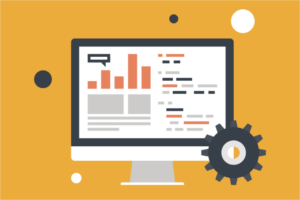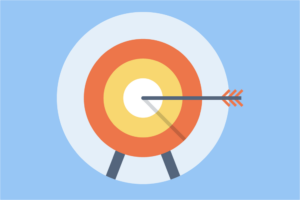What is a 401(k) Plan?
401(k) plans can be a powerful tool in promoting financial security in retirement. They are a valuable option for businesses considering a retirement plan, providing benefits to employees and their employers. Anyone with a business with or without employees. can establish a 401(k). The business can be a sole proprietorship, LLC, corporation, partnership or any other type of legal entity.

A 401(k) plan is a type of profit sharing plan under which employees may be allowed to defer a portion of their compensation into the plan on a pretax basis. A 401(k) plan, sometimes called a cash or deferred arrangement (CODA), allows employees either to receive taxable compensation in a current year or to defer taxation by electing to have the employer contribute compensation into a qualified retirement plan (QRP).
Today 401(k plans remain quite popular with large employers and are seen as a helpful way of retaining employees as well as providing them with a way to save for retirement. According to The Investment Company Institute (ICI), as of December 31, 2017, 401(k) plans held an estimated $5.3 trillion in assets and represented 19 percent of the $27.9 trillion in US retirement assets.
The are three primary types of 401(k) plans.
Traditional 401(k)
A traditional 401(k) plan offers the maximum flexibility among the three types of plans. Employers have discretion over whether to make contributions for all participants, to match employees deferrals, to do both, or to do neither. These contributions can be subject to a vesting schedule (which provides that an employees right to employer contributions becomes nonforfeitable only after a period of time). Annual testing ensures that benefits for rank-and-file employees are proportional to benefits for owners/managers.
Safe Harbor 401(k)
There are several kinds of 401(k) plans that aren’t subject to the annual contributions testing required with traditional 401(k) plans. These are known as safe harbor 401(k) plans and, in exchange for avoiding the annual testing, employees in these plans must receive a certain level of employer contributions. Under the most popular safe harbor 401(k) plan (discussed in this publication), mandatory employer contributions must be fully vested when made.
Automatic Enrollment 401(k)
An automatic enrollment 401(k) plan allows you to automatically enroll employees and place deductions from their salaries in certain default investments, unless the employee elects otherwise. This is an effective way for many employers to increase participation in their 401(k) plans.
Note: The traditional, safe harbor, and automatic enrollment plans are for employers of any size.









